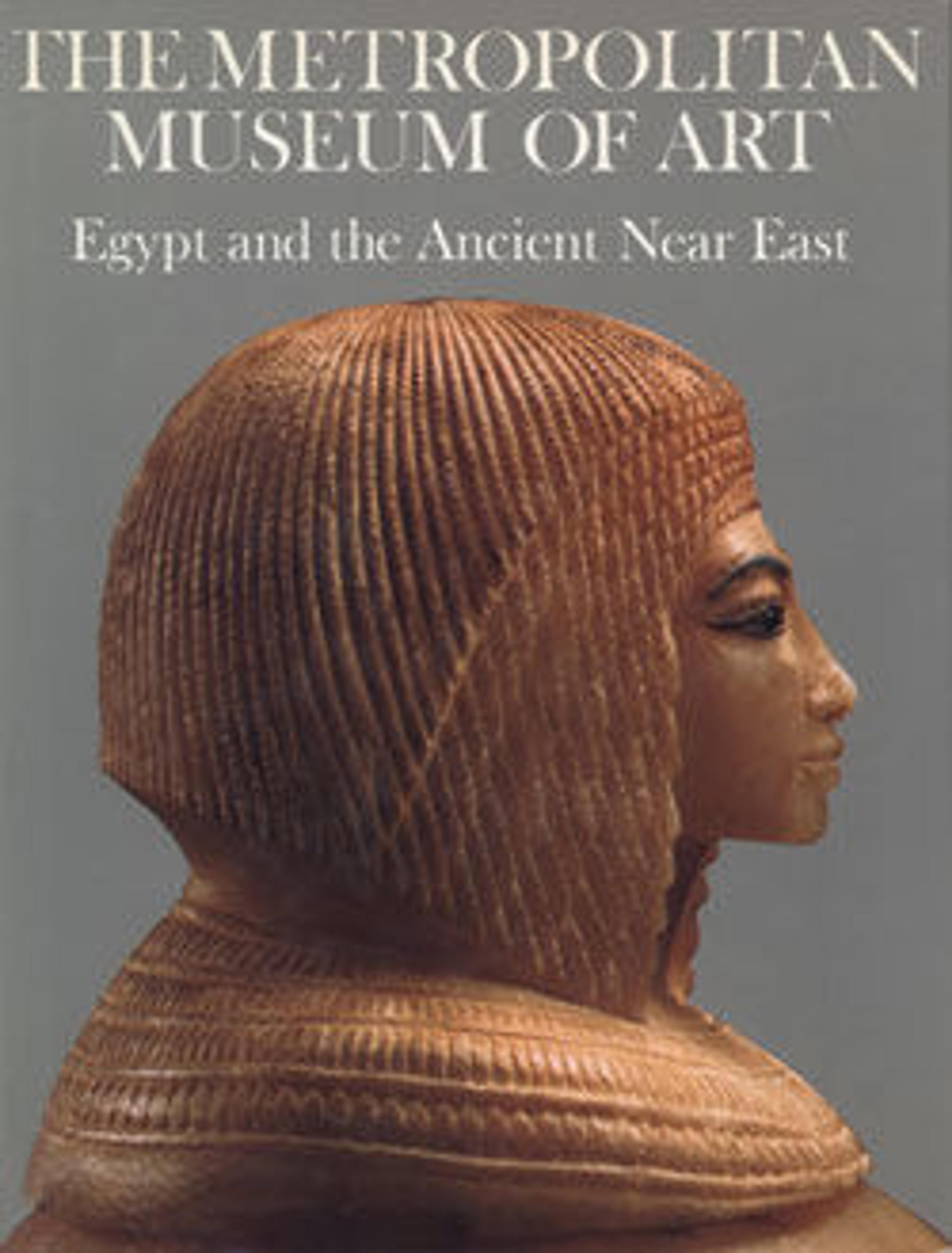Seated goddess with a child
This tiny pendant was probably intended to be worn round the neck as an amulet. Small gold figures with loops survive from Iran, Mesopotamia, the Levant, and Egypt, attesting to the widespread use of such objects. Similar objects from Hittite culture suggest that these small figures were portable representations of Hittite gods. The figure shown here, cast in gold using the lost-wax process, is of a seated goddess in a long gown, with large oval eyes and a thin mouth with creases at the sides. She is wearing simple, looped earrings and a necklace. Her disk-like headdress probably represents the sun, which would lead to the conclusion that this may be the sun goddess, Arinna, a major Hittite divinity. A loop for suspension protrudes from the back of the headdress. On her lap the goddess holds a naked child, cast separately of solid gold and then attached. The chair on which they are seated is backless and has lion paws.
Artwork Details
- Title:Seated goddess with a child
- Period:Hittite Empire
- Date:ca. 14th–13th century BCE
- Geography:Central Anatolia
- Culture:Hittite
- Medium:Gold
- Dimensions:1 11/16 × 11/16 × 3/4 in. (4.3 × 1.7 × 1.9 cm)
- Credit Line:Gift of Norbert Schimmel Trust, 1989
- Object Number:1989.281.12
- Curatorial Department: Ancient West Asian Art
More Artwork
Research Resources
The Met provides unparalleled resources for research and welcomes an international community of students and scholars. The Met's Open Access API is where creators and researchers can connect to the The Met collection. Open Access data and public domain images are available for unrestricted commercial and noncommercial use without permission or fee.
To request images under copyright and other restrictions, please use this Image Request form.
Feedback
We continue to research and examine historical and cultural context for objects in The Met collection. If you have comments or questions about this object record, please contact us using the form below. The Museum looks forward to receiving your comments.
